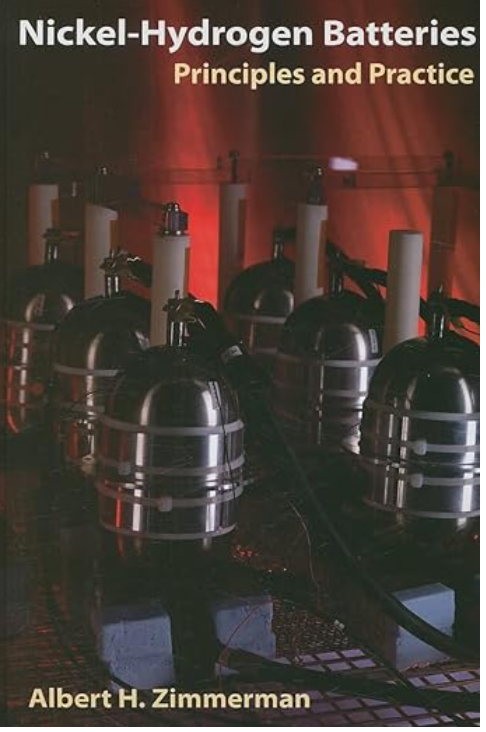In the landscape of innovative energy solutions, nickel-hydrogen (Ni-H2) batteries are emerging as one of the most promising alternatives. While less known compared to their lithium counterparts, these batteries possess distinctive characteristics making them ideal for specific applications.
Composition and Working Principle:
Ni-H2 batteries operate through the chemical reaction between nickel and hydrogen. In these batteries, the negative electrode is made of hydrogen, while the positive electrode is composed of nickel oxide. Their charging and discharging process occurs through the conversion of chemical energy into electrical energy, making them highly efficient.
Advantages:
• Exceptional Longevity: Ni-H2 batteries boast an impressively long operational life, maintaining efficiency even after thousands of recharge cycles.
• High Reliability: These batteries are extremely stable and resistant to extreme temperatures, making them ideal for use in challenging environmental conditions.
• Safety: Compared to lithium batteries, Ni-H2 batteries present lower risks of overheating or explosion.
Current Applications:
Nickel-hydrogen batteries have found their use primarily in areas such as:
• Aerospace and Space: Used in satellites and space shuttles for their ability to withstand temperature variations and radiation.
• Emergency Infrastructure: Adopted in backup systems for their reliability and longevity.
Future Potential:
Studies and research are exploring the use of Ni-H2 batteries in sectors like:
• Electric Mobility: They could become an alternative solution for electric vehicles, especially in cold climates where lithium batteries lose efficiency.
• Renewable Energy Storage: The high capacity and longevity of Ni-H2 batteries make them ideal candidates for storing energy from renewable sources like solar and wind.
Conclusion:
Nickel-hydrogen batteries represent an emerging frontier in the field of renewable energy. Their combination of longevity, reliability, and safety opens new prospects for a more sustainable future. As their development and adoption proceed, it's crucial to continue research to further optimize this promising technology.

https://www.amazon.com/-/he/Zimmerman/dp/1884989209/youtube01e03-21